The 7th of October 1571 is one of those historical dates that should be common knowledge. Alas, political correctness reigns, and few people have ever heard of the Battle of Lepanto. So, in order to commemorate this remarkable naval victory (which should be known alongside the Battle of Trafalgar and the defeat of the Spanish Armada), we have decided to recreate an authentic dish of the period.
At first glance, this recipe is lacking in appeal. The idea of boiling a chicken in nothing but water is perturbing for a gourmand. Rosewater in a meat dish seems odd. And a recipe without salt is not reassuring. However, do not be put off. Despite strong convictions that we would have to modernise this recipe, we have decided it is not necessary. This dish is as delightful now as it surely was in the sixteenth century.
Ingredients:
1 chicken (or capon if you can find one)
50g currants (or prunes)
4 dates (chopped)
225g orange segments (without peel)
1/2 tsp black peppercorns
1 tsp mace (blade or ground)
3 tbls sugar
15ml rosewater
150 ml red wine (claret or equivalent)
half a loaf of white bread, cut into cubes
1 chicken (or capon if you can find one)
50g currants (or prunes)
4 dates (chopped)
225g orange segments (without peel)
1/2 tsp black peppercorns
1 tsp mace (blade or ground)
3 tbls sugar
15ml rosewater
150 ml red wine (claret or equivalent)
half a loaf of white bread, cut into cubes
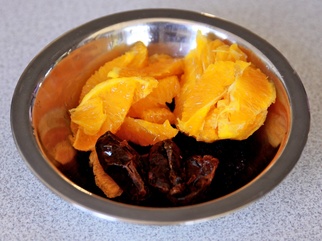
Begin by placing your chicken in a pot and covering with cold water (filtered if you have it). Put it on the stove, bring to the boil, and allow to simmer for 45-50 minutes. Then assemble the other ingredients in two small bowls.
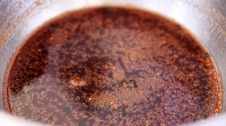
In the first, place the fruit: currants, peeled orange cut into lengthwise segments, and dates. In the other, combine the mace, peppercorns, sugar, rosewater, and wine. If you don't fancy biting into a peppercorn, you may want to tie them and the mace into a muslin sack.
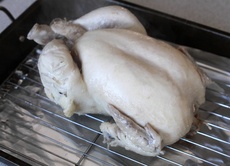
Approximately fifteen minutes before the chicken is finished boiling, preheat the oven to 220-230 degrees Celcius. Your chicken will look in desperate need of a tan, but do not fret. Take it out (using the wrong end of a wooden spoon as if it were a spit so that you don't tear the skin) and put it on a rack in a roasting pan. (It should be firm and bouncy when you poke it, not at all squishy.) Give it up to 20 minutes in the oven to give it some colour and to make the skin more palatable.
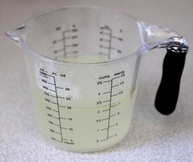
Meanwhile, take approximately a pint of the water in which it was boiled and put it in a pan along with the fruit.
(Make stock with the rest if you don't want to waste it.)
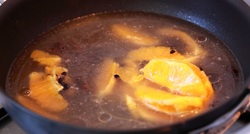
Simmer for five minutes.
Then add the wine and spices and simmer for another ten minutes (without a lid). When the chicken is browned, set it aside to rest covered in foil. Cut the bread into cubes (crustless if you prefer) or tear roughly for a more rustic dish. Arrange evenly on a appropriate serving dish.
When you are ready to serve, place the chicken on the bed of bread cubes and pour the sauce so that it collects on and around the bird, soaking into the bread cubes.
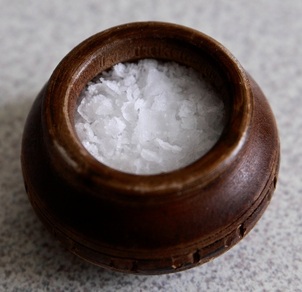
This dish does not require any further seasoning, but if you feel the need for salt, we suggest you offer it Tudor-style in a salt cellar so that you and your guests can take the flakes between your fingers and crumble them onto your food.
Variations
If you'd like to experiment with this dish, here are a few of our ideas. Leave us a comment if you do to let us know how you went!
If you'd like to experiment with this dish, here are a few of our ideas. Leave us a comment if you do to let us know how you went!
- Substitute lemons for the oranges and white wine for the claret.
- Roast the chicken instead of boiling and use homemade or bought stock.
- Boil the chicken in the wine and spices first, then make a sauce using the fruit, reducing it for 20-30 minutes and straining before serving.
- Serve the chicken on a bed of basmati (and wild) rice.
This recipe originally appeared in Thomas Dawson's The good huswifes Jewell, part 1 in 1596. If you'd like to try more recipes like this one, you may wish to consider purchasing the English Heritage publication Tudor Cookery.
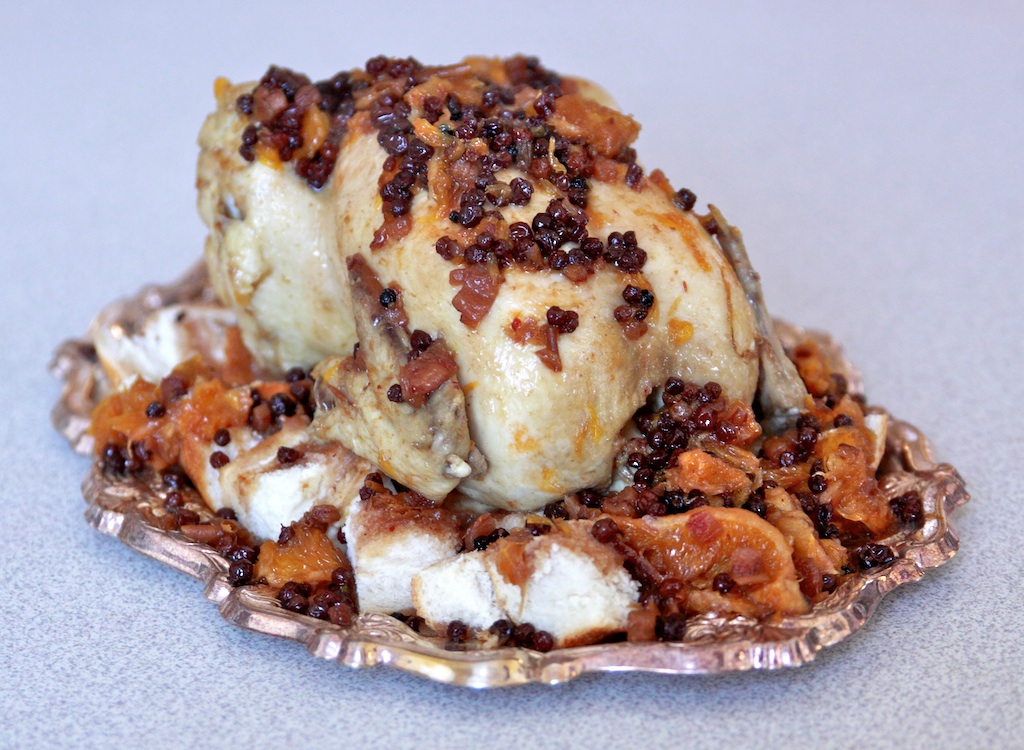

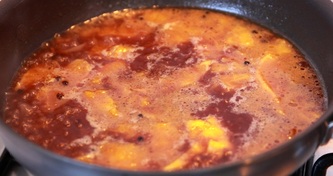
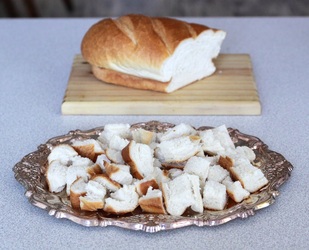
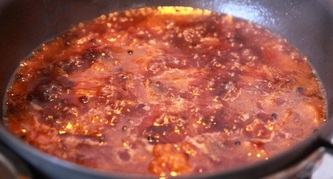
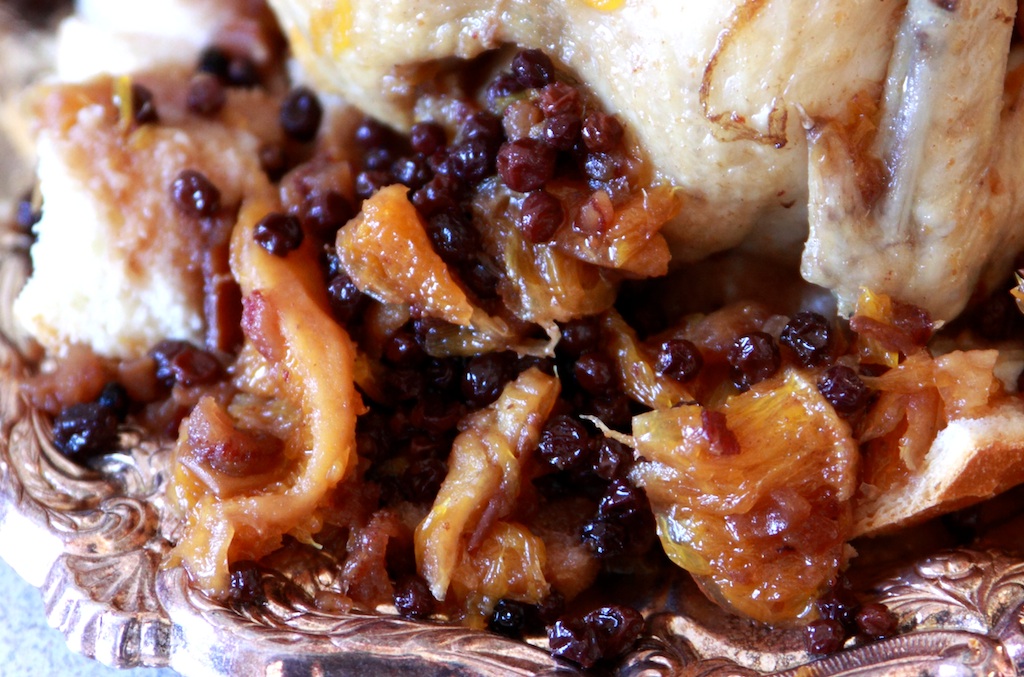
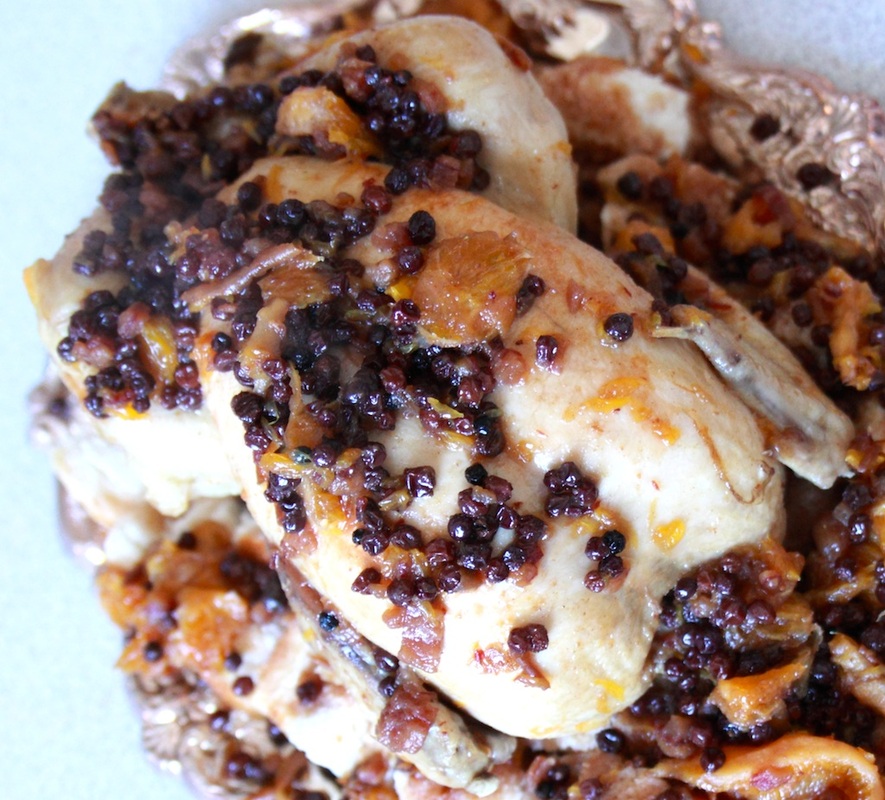
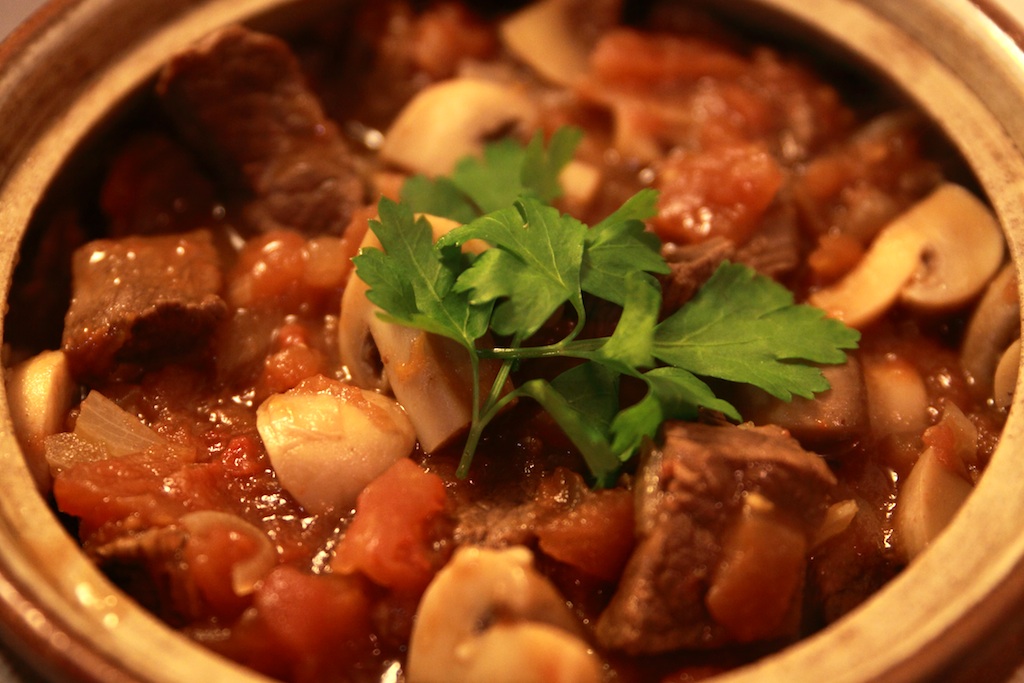
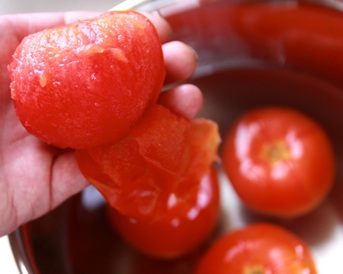
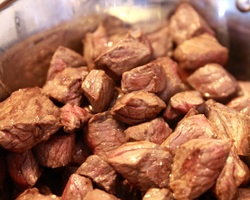
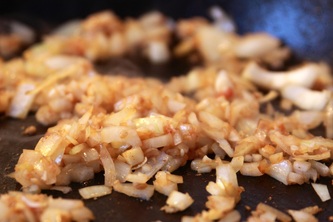
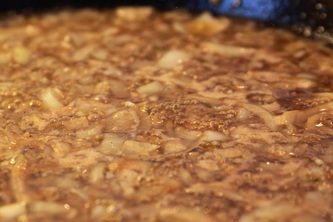
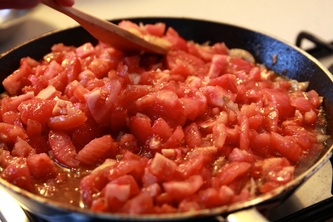
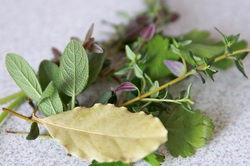
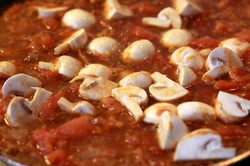
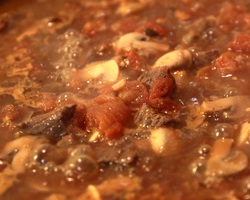
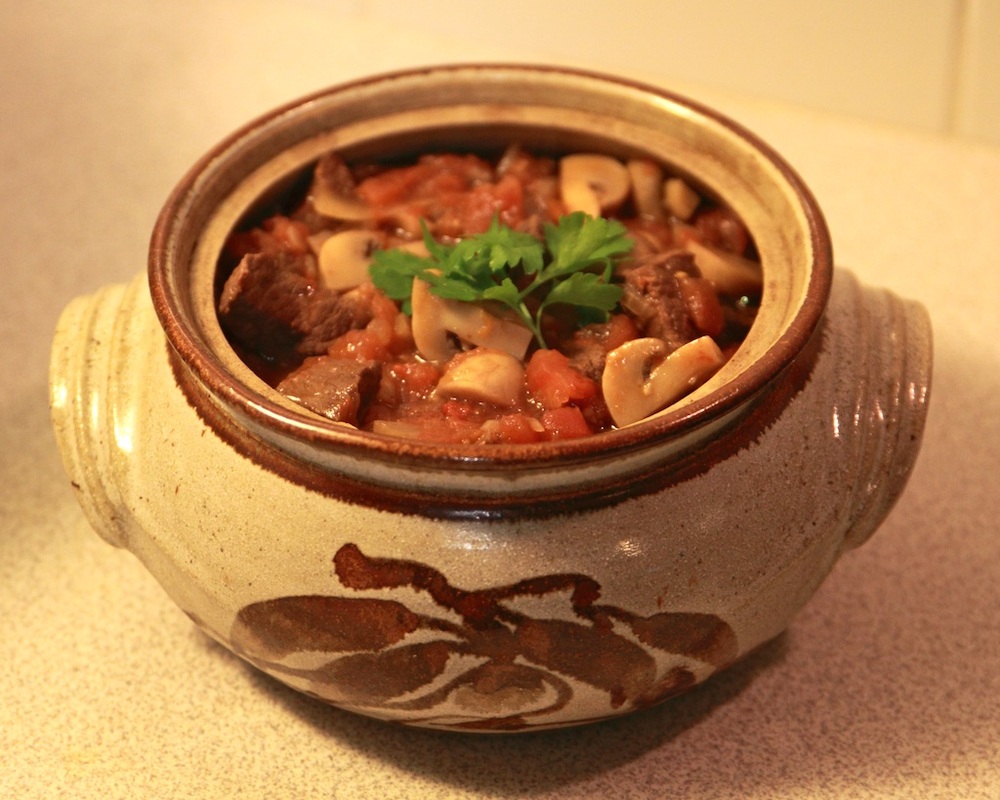
 RSS Feed
RSS Feed